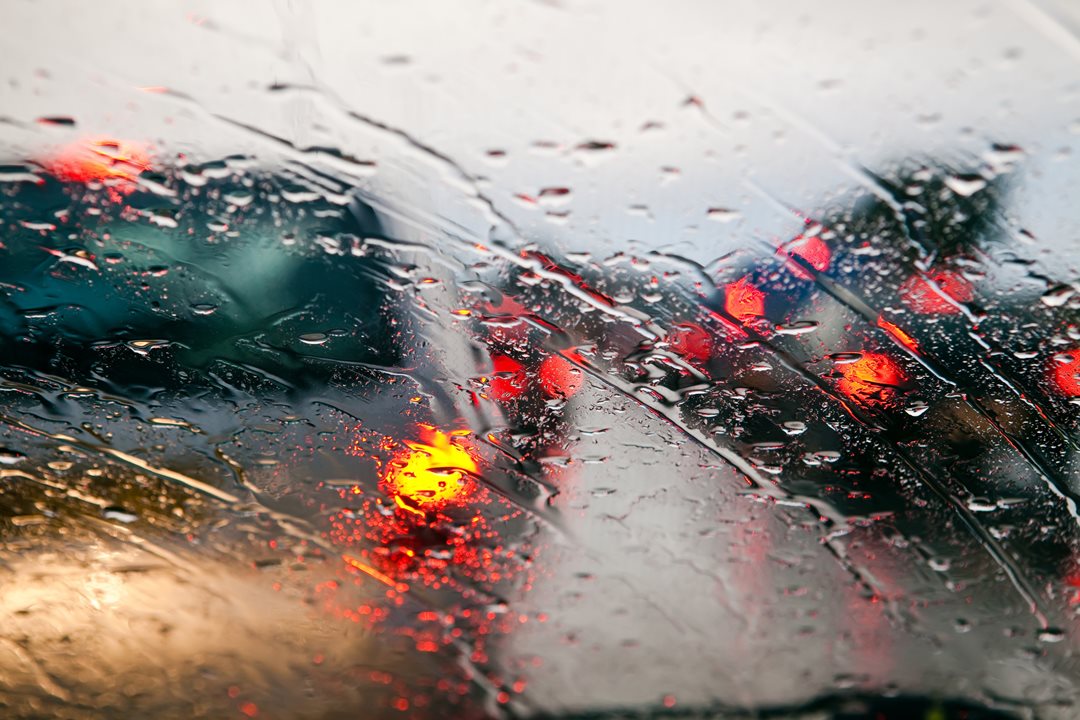Increase following distance to help prevent an accident

Do you want to do your part to prevent an accident before it starts? Here's how increasing your following distance, especially in wet conditions, can help you take prevention into your own hands.
The two-second rule – that “one-one thousand,” “two-one thousand” counting test all of us learned in driver education – to gauge space between us and the car in front likely is not enough, according to the car gurus at Smart Motorist. Two seconds, they say, may be OK for optimal conditions; however, three seconds is better. And during colder months, when you’re faced with low visibility and wet surfaces? Allow six seconds for moderate rain.
How close is too close?
To do the "seconds test," watch as the car in front of you passes a fixed object like a road sign. Then count to see how many seconds it takes you to reach the same place. If you reach the sign before you’ve finished saying “three-one thousand,” you’re too close. While the seconds rule is easy to remember, it can be harder to apply, especially on urban streets or the freeway when a generous break between cars quickly gets filled by a merging driver. Still, it’s a good way to stay mindful about leaving adequate stopping distance.
Northwesterners, more than most, could stand to add a few extra seconds between cars. Washington was ranked as the fifth-worst state in the nation for tailgating, based on tailgating-citation data from Insurify, with 20.1 citations per 10,000 drivers. Oregon pegged at No. 8 with 12.6 citations. And the top tailgaters of all? Idahoans with 33.3 citations. Nationally, the average is 8.9.
Washington law doesn’t spell out a specific distance that must be maintained between cars (calling, instead for “reasonable and prudent” distance). Oregon’s phrasing is similar.
Tailgating is among the top behaviors that lead to road rage. The others include driving too slowly in the left lane, meek merging, cutting off other drivers during lane changes, blocking intersections after the light changes, and honking or gesturing.
By keeping a safe following distance appropriate for the conditions, driving defensively, and keeping your phone down, you're one step closer to preventing the preventable.
Drive safe, PNW!
Get your free Auto quote today!
Share on social media